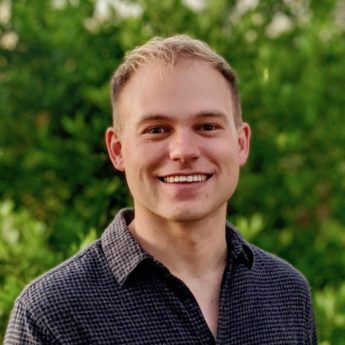Background
In 2017, I graduated from Washington University in St. Louis with a B.S. in Biomedical Engineering and a second major in Applied Mathematics. Afterward, I worked in R&D at Koniku blending synthetic biology, machine learning, and hardware design to create neuronal wetware chips for olfactory sensing. Motivated to understand the mathematics of neural representations and population coding, I returned to WashU for my M.S. in Systems Science and Mathematics in 2018. There, I explored a notion of memory in networked nonlinear systems and conserved quantities using manifold learning. During this process, I discovered the field of theoretical neuroscience and, in the summer of 2020, was fortunate to join Bruno Olshausen’s lab in the Redwood Center to explore geometric properties of neural representations in vision. This fall I’m applying to PhD programs bridging math, theoretical neuroscience, and machine learning. I look forward to contributing to these areas during my time at the Redwood Center and throughout my academic career.
Aside from exploring mathematics and brains, I enjoy connecting with people, places, their stories, and our collective journey toward understanding. I like unearthing sounds from unexpected patterns and learning place through long-distance cycling. I was fortunate to grow up in a big, supportive family in “The Natural State” of Arkansas.

